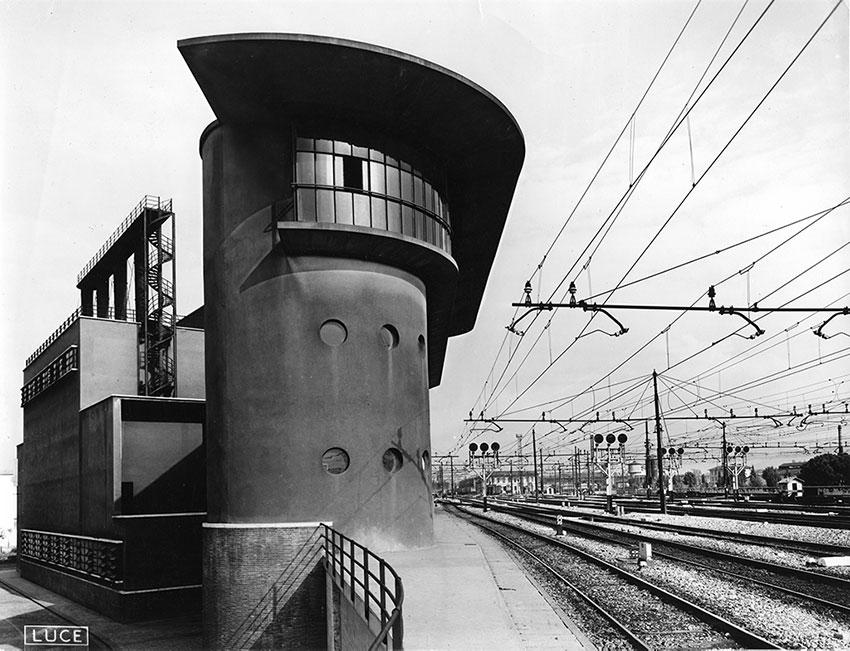The Guggenheim’s Architectonic Futurisms
Italian Futurism 1909–1944: Reconstructing the Universe is a groundbreaking exhibition that endeavors to “convey the spirit of Italian Futurism in all its complexity.” 1 This objective is particularly important in the case of architecture, allowing it to expand its reach beyond the modernist teleology that had boxed it (architecture) within the temporal limits of Antonio Sant’Elia’s exhibition of his Città Nuova drawings of 1913–1914 (the most significant architectural event of the movement) and his death in 1916. At the Guggenheim, a range of Futurist approaches to architecture are on view in a variety of formats: Fortunato Depero’s stage designs, his advertisements inspired by New York, and a large model of his 1927 Bestetti Treves Tumminelli book pavilion, built with oversized typography; Virgilio Marchi’s Fantastic City (ca. 1919), whose scenographic vernacularism accommodates trains and planes; the sophisticated temporary structures by Enrico Prampolini, including his Terminal for a Civilian Airport (1933); the mechanical art and abstractions of Ivo Pannaggi, one of only two Futurists to attend the Bauhaus; and the axonometric drawings of Alberto Sartoris, whose object/buildings float on the white page, promoting an ambivalent agenda for a rationalist avant-garde.


